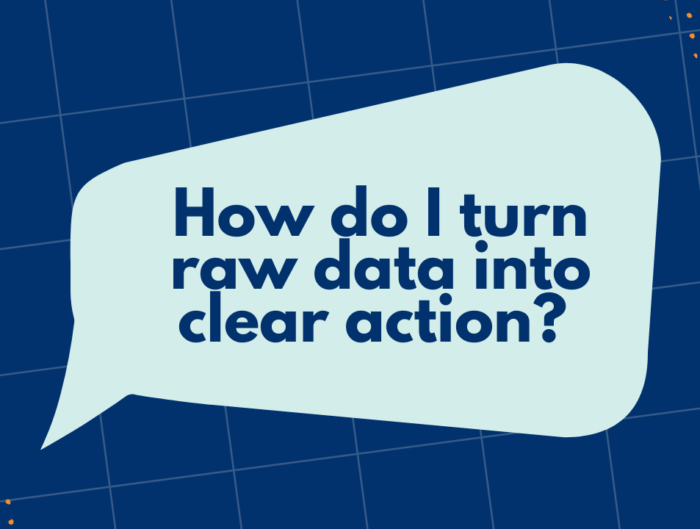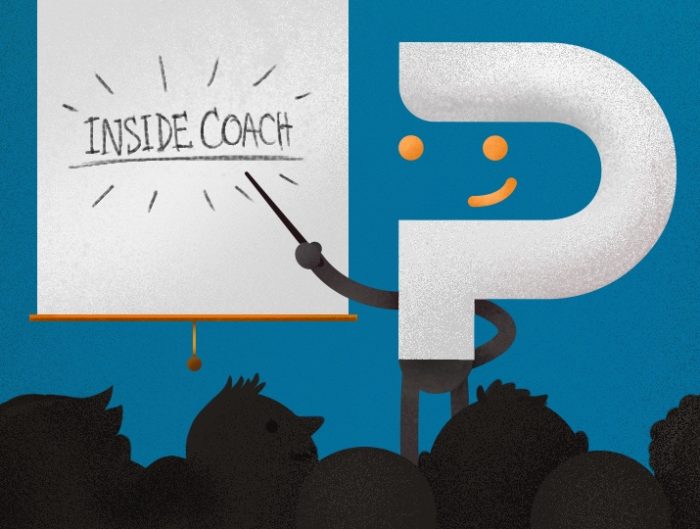As a coach, I often wonder how do I consistently get ‘full’ engagement in sessions like I do on a game day. We have all been there as coaches – where the players turn up to practices and just are not ‘putting it in’ like they would for a game.
Is it a bad attitude – no (in most cases)?! Is it that they don’t care – probably not (they care on game-day)?! Is it because there isn’t anything riding on having a good or bad session – could be (especially if it is a small roster)! Is it because there is a lack of relevance/realism to how a game day feels – definitely!!!
In my many years of working in a Professional Academy at Hull City in England, the players were already behaving like ‘mini-professionals’ – they turned up and every session they gave 100% work ethic as they attempted to achieve a contract for the next year. That was it – they had ‘pressure,’ they were constantly scrutinized, and it made them work hard – but as a coach, we had to be conscious that it also had to be fun. I also used to work in community settings, both in the USA and back home in England. Despite doing the same coaching sessions, I found that not only was the intensity a huge difference (as you can imagine the community players would not always be 100% engaged during the session), but concentration, motivation, and confidence could all be what made the difference between what looked like an ‘excellent’ session and a ‘poor’ session. Now what an excellent or poor session looks like can vary greatly, and that is a whole other blog post (or 5!), but overall the ‘fun’ element took over the game day ‘feel’ in order to allow the kids to love playing soccer at training.
Reflecting on this in my first year as a Coaching Education professor at Ohio University has been something that has occurred often, mainly because I am in a classroom speaking about ‘best practices’ in coaching. This past spring semester I delivered a Psychology of Coaching course to the Coaching Education Master’s Graduate students. The biggest take home I found (not only from reading the research) from listening to the students’ coaching and playing experiences was how little importance coaches attach to concentration, motivation, and confidence during practice. We all know that these 3 components can be the difference between being successful (whatever that looks like – and success is NOT just winning) and unsuccessful.
I am not a sports psychologist (and will never claim to be) – but psychology plays a huge role in performance and development (the old tale – it’s 80% in the mind in soccer). Well, it got me thinking about how coaches can implement psychology (when we aren’t psychologists) into making practices more intense – producing that game day feeling.
Here are some basic ways that coaches can do this:
- Use time and score – sticking to time can increase motivation and increase or reduce confidence, which can then impact concentration levels.
Example:
Play a scrimmage or small sided game – and with the teams put 1 team in a winning position, 1 team in a losing position. Then set a time limit and give a target for each team that they have to try and achieve within the game.

The other psychological aspect that will improve the main 3 components discussed, would be target setting – this will give them something to aim towards within a short amount of time and having an outcome with potential failure can be a good way to increase intensity.
- Use constant competition during activities – even in those ‘boring’ drills that we ‘have’ to do to improve technique. Instead of doing those because we know it will improve the kids, make it more relevant to a game situation – making it competitive through setting targets.
Example:
Utilizing basic ‘line’ passing drills, but don’t do them in lines – get everyone on the field and they have a partner. They ‘score’ points by passing through gates that are set up around the area. Different types of passes and colored gates result in different points, plus there are other players doing the same thing, so concentration levels will shoot up as they have to ‘think’ about where to pass, how to pass, and have a target to pass to. Furthermore, set different goals for different pairs to push them so that the intensity will rise. As a coach, you stand back and observe how they perform the technique you want them to improve (and give feedback when needed).

- Using Beyond Pulse Smart Belts – giving measurable scores/outcomes to an activity constantly makes young players want to strive to achieve the next level, which then increases motivation and confidence when they achieve the goal.
Example:
Use the Smart Belts on players and show them their stats as soon as a practice is complete. A good way to do this is to do the same practice twice – one time to begin without the monitors, and then the second time with the monitors. You can then judge and show the players that when you give them a target to work within or set them a challenge that can be measured, they will attempt to impress. Giving them that feedback afterwards (especially if they are successful) can be a great way to keep intensity levels higher and you can begin to set up an environment where that becomes the standard ‘norm’.

 FRA
FRA































